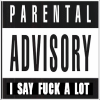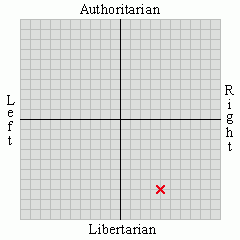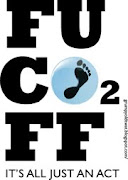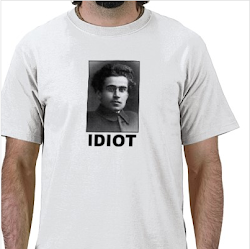 |
| Click for linky |
The researchers said price discounting was one of the few remaining marketing strategies available to cigarette retailers in Victoria, following a complete ban on displaying tobacco products at point of sale.And you've just made that easier, haven't you, you fucknuts? Point of sale material costs money, and since you frothing tobaccophobes have removed that overhead they can now afford to discount more than they could. I'd speculate that the payoff in additional turnover is worth more in areas where disposable income is low - smokers there will generally be more price conscious - than in areas where the locals are so minted even the cleaning ladies smoke $30 Montecristo singles. Does that help make sense of your shocking and unforeseen results?
Probably not if this is anything to go by.
Quit executive director Fiona Sharkie said that as a tool for getting people not to start smoking or to quit, ''price is the biggest lever we can pull''.No, Fi. As a tool for getting people to start smoking Chop Chop and smuggled baccy instead of products that are regulated, quality controlled and contribute tax price is the biggest lever you can pull. Look, right, it works that way with illicit drugs:
The drug goes by many names: methylamphetamine, N-methylamphetamine, desoxyephedrine, speed, and — most commonly — meth. Regardless of what it is called, methamphetamine is absolutely one of the most dangerous and addictive drugs on the black market today.What you're doing, Fi, is much the same thing. People who smoke want to smoke. They enjoy smoking. And if you price regular tobacco out of the reach of some people they will go looking for an alternative, which will invariably be either of lower quality or illegally supplied or more harmful than regulated, shop bough tobacco. Quite possibly it will be all three.
...
Physiologically, meth is very addictive. ... Psychologically, meth provides the euphoria that so many people crave.
This is all true, but it does not explain the popularity of such a harmful and dangerous product. Suppliers of drugs, consumers of drugs, and even drug addicts have long been known to be "rational" as a group — yes, rational, but stick with me. They respond to changes in prices; they respond to quality differentials and to changes in quality. They also respond — rationally — to changes in risk. So if drug users select their drug of choice using a rational decision-making process, what explains this "march to the bottom" and the emergence of meth in illegal drug markets?
The answer is that crystal meth is a cheap date; it has been referred to as the poor man's cocaine. Cocaine and meth are both stimulants, so it is reasonable to assume that they appeal to the same subset of drug users. During cocaine's heyday, meth was nearly extinct on the illegal market.
This changed with Reagan's "War on Drugs," which was effective in raising prices for illegal drugs by imposing greater risks and thus higher costs on production, distribution, and consumption. The initial shock of the war on drugs sent black-market entrepreneurs back to the drawing board; they needed to reduce their risk and their costs. What they came back with included highly potent marijuana, crack cocaine, and crystal meth.
Call it addiction if you want to - I'm sure you will - but the simple facts are that there are people who want to smoke and people who are prepared to supply tobacco to them. You will not be successful in changing human nature, but you may succeed if your aim is to drive them towards a more harmful alternative that doesn't even provide a few bucks for the treasury.


















